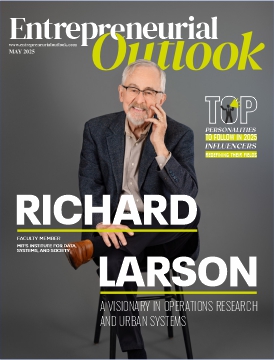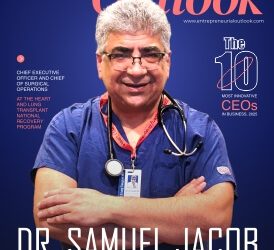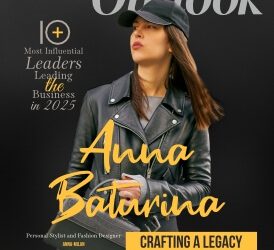Meet Professor Richard Larson, a distinguished faculty member at MIT’s Institute for Data, Systems, and Society. He has dedicated his career to applying operations research and systems analysis to complex challenges in both public and private sectors. With a prolific academic record, he has authored or co-authored six books and over 175 scientific articles, making pioneering contributions in fields such as emergency response, pandemics, queueing theory, disaster planning, and smart-energy systems. His groundbreaking work includes Urban Police Patrol Analysis (MIT Press, 1972), which was awarded the prestigious Lanchester Prize for its impact on urban service systems, and the widely cited Hypercube Queueing Model, which has significantly influenced queueing theory.
Richard Larson research has also led to innovations such as the Queue Inference Engine, a data-driven approach to analyzing queue behavior that served as an early example of predictive analytics. His work on STEM workforce analysis, particularly his 2015 paper “STEM crisis or STEM surplus? Yes and yes,” earned the Lawrence M. Klein Award and gained national recognition for its insightful perspective on labor market trends. Beyond academia, his expertise has shaped pandemic response strategies, influenced transportation and workforce planning, and informed education policy. With his research frequently covered in major media outlets, Larson continues to drive real-world change, bridging the gap between theory and practical solutions across diverse domains.
An Unexpected Journey into Academia
Richard Larson had never envisioned a career in academia. With a father who was an Electrical Engineer at companies like Westinghouse and Raytheon, he assumed he would follow a similar industrial path after studying Electrical Engineering at MIT. However, his trajectory changed when his faculty advisor, Professor Alvin W. Drake, encouraged him to pursue a Master’s and PhD in Operations Research at MIT.
The turning point came when Professor Drake made an unexpected proposal: “Dick, how would you like to stay on at MIT as an Assistant Professor for a couple of years before you go off and make your millions?” Until that moment, Larson had never considered himself professor material—he saw professors as extraordinarily brilliant individuals with an unmatched work ethic and a gift for teaching.
Nevertheless, he accepted the opportunity, quickly fell in love with academia, and ultimately became what he calls an “MIT Lifer”—someone who arrived as an 18-year-old freshman and never truly left. MIT’s culture, which he describes as a “freedom-loving libertarian personality,” aligned perfectly with his own. His evolving interests led him across multiple disciplines, as MIT welcomed him into five different departments over the course of his career—spanning Electrical Engineering, Urban Studies, Civil Engineering, and ultimately the interdisciplinary Institute for Data, Systems, and Society (IDSS), a department whose name closely mirrors his professional journey.
Bridging Theory and Real-World Applications
Over his decades at MIT, Larson has conducted groundbreaking research, often in collaboration with his graduate students, leading to numerous advancements in his field. His work spans a diverse range of topics, including mathematical models for police patrolling and emergency medical dispatch, the Hypercube Queueing Model, the Queue Inference Engine, the psychology of queueing, optimal facility placement, the academic application of the basic reproductive number R₀, disaster analysis, automated home energy control, and minimum-distance pathfinding in complex environments.
Beyond research, Larson has played a transformative role in teaching Operations Research. Alongside his long-time colleague, Professor Amedeo Odoni, he pioneered a new graduate course focused on Operations-Research approaches to complex urban challenges—such as emergency services, sanitation, and routing and scheduling. At the time, cities in the U.S. and beyond were in crisis, making the course highly relevant and popular, with an initial enrollment of about 50 students.
Unlike traditional Operations Research courses, which were largely theoretical and centered on mathematical proofs, Larson and Odoni’s approach was application-driven, emphasizing real-world problem-solving over formal mathematical formalization. Over time, they refined their lecture materials into the book Urban Operations Research, published by Prentice-Hall. The book has since become a classic in the field, and after the copyright expired, they made it freely available online (Urban Operations Research). The book has also been translated into multiple languages, extending its impact worldwide.








